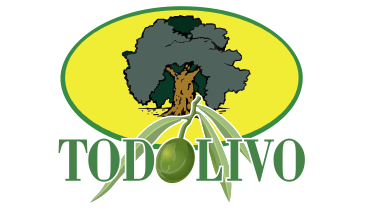Chronology of the Genetic Improvement Programme
1st CROSSING STAGE
2007 – The Improvement Programme is started and the parents with which the future crossings will be carried out are selected.
2008 – The crossings are carried out and 1,345 new varieties are obtained from the first crossings.
April 2010– The new varieties obtained are planted individually and for a number of years they are evaluated at the ‘Cruz de los Huertos’. research centre. Of these, 38 varieties are preselected, those which have proven to be the most productive ones.
December 2015– Once the 38 preselected varieties have been multiplied, they are planted in the ‘La Mata’, research centre, acquired by Todolivo in Villafranca de Córdoba, in order to be re-evaluated and compared with an international selection of 19 traditional and highly productive varieties, including their parents. The preselected varieties which pass this last evaluation will become new varieties available to farmers in the coming years.
2019 – The first variety from the 1st Crossing Stage is marketed: Todolivo I-15P. This is an early and highly productive variety with a high fat yield. The other varieties are nearing the end of their evaluation process.
2nd CROSSING STAGE
At the same time, a second crossing stage is started
2008 – The parents are selected
2009 – New crossings are carried out, which result in 543 new varieties.
2012 – These 543 new varieties are planted individually in the ‘Santa María’ Research Centre, where they are evaluated for many years. Of these, 34 new varieties are preselected.
2018 – Once the 34 preselected varieties have been multiplied, they are massively planted in the ‘Las Hazuelas’ and ‘El Calderito Alto’ estates, where they are currently being evaluated, both in rainfed and irrigated fields, and compared with the 38 varieties obtained in the first crossing stage and with an international selection of 28 traditional varieties.
3rd CROSSBREEDING PHASE
2009 – The third crossbreeding is initiated and 158 new varieties, which come from crossbreeding with our new variety Todolivo I-15P, are obtained.
In July 2021, they are planted at the ‘Cortijo El Rayo’ Research Center.
The objective of this phase is to improve this new variety by obtaining “offspring” that surpass it.
4th CROSSBREEDING PHASE
In 2020, the fourth crossbreeding with different varieties is initiated and 431 new varieties, which come from crossbreeding with a selection of traditional varieties, are obtained.
In July 2022, they are planted at the ‘Santa Maria’ Research Center.
The objective of this phase is to obtain new highly productive varieties that produce oils with good organoleptic characteristics and high in polyphenols.
5th CROSSBREEDING PHASE
The crossbreeding carried out at this phase have been carried out with varieties from previous phase.
Planting is planned for 2024 with the planting of those varieties that outperform their parents.
The objective of this phase is to obtain more productive varieties, with high fat yields, which are resistant and/or tolerant to certain diseases and produce differentiated oils.
6th CROSSBREEDING PHASE
In 2022, the sixth crossbreeding with traditional drought-resistant varieties were carried out.
Planting is planned for 2024, so then the planting of those new varieties that outperform their parents will be carried out.
The objective of this phase is to obtain new varieties that are more productive, have high fat yields and are resistant to drought and poor soils.




